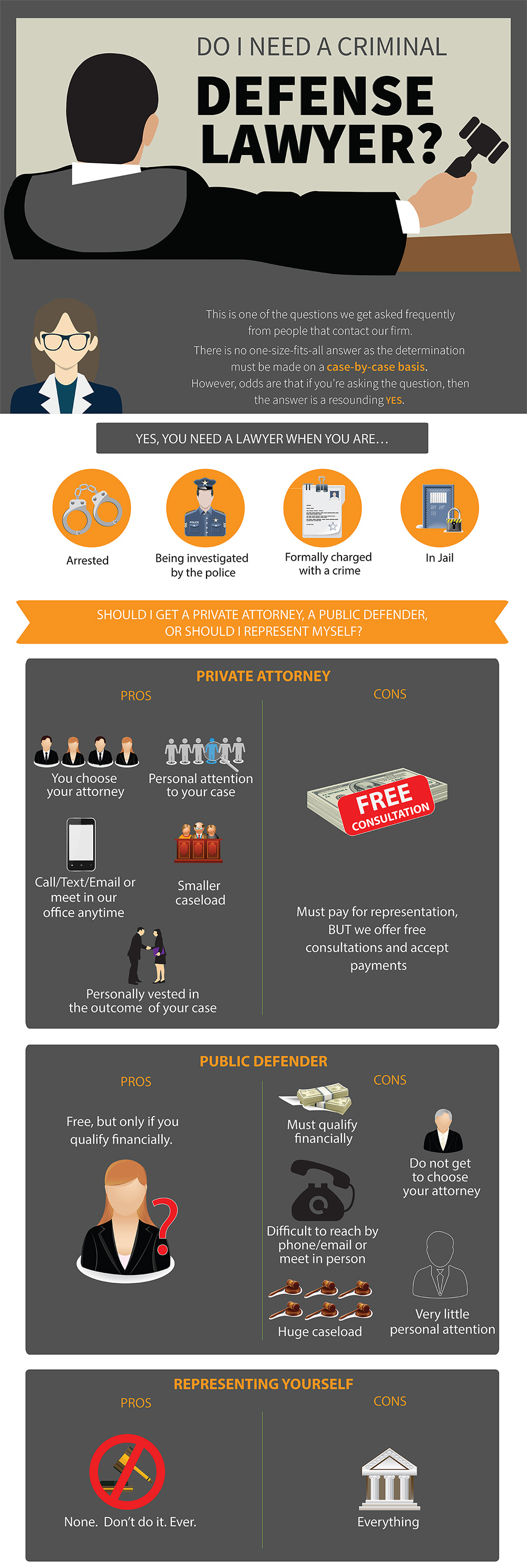What To Prepare For: The Chronology Of A Normal Divorce Case
What To Prepare For: The Chronology Of A Normal Divorce Case
Blog Article
Content Create By-Hammer Cruz
As you embark on the journey of navigating a divorce instance, you might find yourself wondering about the timeline that lies ahead. From the preliminary stages of filing records to the complexities of arrangement and the capacity for a trial, each step holds its very own set of difficulties and unpredictabilities. Recognizing the sequence of occasions can assist you get ready for what's to find and expect the weaves that may develop along the way.
Preliminary Filing and Service of Documents
When beginning the divorce process, the first step is the initial declaring of the essential files with the court. This action officially starts the lawful treatment and sets the separation situation moving. click this must send types that outline the grounds for separation, assets, obligations, revenue, expenses, and any other appropriate info needed by the court.
After submitting these documents, copies must be served to your spouse, informing them of the divorce process. This service can be done through a process-server, constable's office, or licensed mail, ensuring that your partner is officially informed of the separation case versus them.
As soon as the records are submitted and offered, the court will certainly offer an instance number and assign a court to oversee the instance. It's essential to precisely complete and submit these records, as any type of errors or noninclusions might postpone the divorce procedure.
This initial action lays the structure for the lawful dissolution of your marriage, noting the start of a possibly tough however needed procedure.
Discovery and Settlement Phase
During the Discovery and Settlement Stage of a divorce instance, both parties engage in collecting info and exchanging appropriate files to better recognize each other's economic circumstances and other relevant information. This phase is essential as it establishes the foundation for settlements and prospective negotiation contracts. With techniques such as interrogatories, requests for manufacturing of documents, and depositions, each celebration aims to discover truths, possessions, financial debts, and other essential info that may affect the situation's outcome.
Settlements during this stage commonly include conversations on various concerns like building department, child wardship, visitation routines, and financial support. Both events might collaborate with their attorneys to explore negotiation options, potentially preventing the requirement for a trial.
Arbitration or collaborative legislation processes may additionally be used to help with productive conversations and get to equally appropriate arrangements. It's vital to approach this phase with transparency, sincerity, and a readiness to compromise to attain a smoother resolution and decrease the emotional and financial toll of a lengthy court battle.
Trial and Last Resolution
Moving on from the Exploration and Arrangement Phase, the Trial and Final Resolution phase marks the culmination of your separation situation. This stage is where unresolved concerns are brought before a judge to make final decisions on matters like asset department, kid guardianship, and support. The test normally involves providing evidence, witness testimonies, and legal arguments to sustain your case.
Throughout the trial, both parties will certainly have the opportunity to present their settings and counterarguments. It's important to be prepared, as the judge's decision will substantially influence the final result of your divorce.
Following the test, the court will issue a last judgment that details the terms of the separation, consisting of any kind of monetary negotiations and safekeeping setups.
As soon as the judgment is released, the separation is finalized, and both events are lawfully bound by its terms. While the trial phase can be difficult and emotional, it's a required action towards getting to a last resolution and moving on with your life post-divorce.
click the up coming site
To conclude, navigating a separation case entails a collection of steps from submitting first records to reaching a final resolution. Recognizing the timeline of events can aid you plan for what to expect throughout the procedure. By being positive, looking for legal guidance, and remaining educated, you can navigate the complexities of divorce procedures with confidence and clearness.
